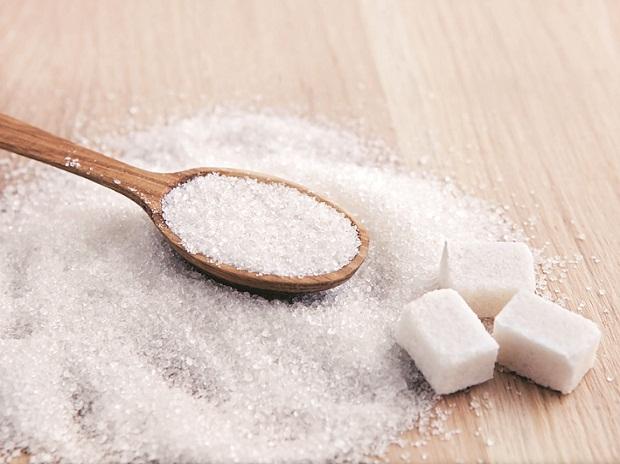As the Indian sugar sector steps into a new season, it looks forward to more exports, price stability in the domestic market, and clearance of cane arrears to farmers.
The problems the industry confronts today are many, and stem mainly from high production in 2017-2018 and 2018-2019 seasons, exceeding domestic demand.
The Indian Sugar Mills’ Association estimates sugar production during the 2018-2019 (October to September) season to be 35 million tonnes. In 2017-2018, it was about 32 million tonnes. The carryover stock is 10.3 million tonnes.
The domestic demand is about 26 million tonnes. Just about five lakh tonnes of sugar were exported in 2017-2018 and the estimated target is to export five million tonnes during 2018-2019.
Government package
The Union government recently announced a ₹5,500-crore package. This includes ₹1,375 crore towards internal transport, freight handling, and other charges for exports and ₹4,163 crore directly to farmers as part of fair and remunerative price (FRP) for 2018-19, which will reduce sugar mill’s cane price liability, if they fulfil the stipulations of the Department of Food and Public Distribution.
“We are sitting on a conundrum. The package tries to help reduce the problem,” said the director of a sugar mill in Coimbatore.
The package is primarily expected to help sugar mills offload surplus stock and ensure farmers get timely payment. Though the announcement bolsters hope for a better season ahead, it is inadequate, said sugar industry sources.
The international sugar prices are low compared with India’s domestic raw sugar price by almost ₹12-₹13 a kg, and the global price outlook is depressing for the 2018-2019 season too.
The support for transport charges to the ports might reduce this loss by ₹2.5 to ₹3 a kg. The financial support to sugar mills is based on conditions. In 2017-2018 too, the government came out with a package a few months before the season ended. It then announced ₹5.50/quintal as assistance for cane crushed. However, there were hardly any takers, as the difference between the domestic ex-mill price after fixing of MSP for sugar and the global market price increased.
Hence, this season, the industry wants the government to make exports compulsory for each sugar mill and, simultaneously, if prices in domestic market improve a bit, it may compensate the loss on exports. Further, the government-fixed minimum price for sugar (factory gate price) should be increased to ₹34 a kg from ₹29 a kg, the industry said. The support announced by the government will move sugar for exports, thus reducing the stock with the mills.
“We eagerly await an announcement by the government to make exports compulsory for each sugar mill, along with procedures for strong implementation to ensure that each sugar mill fulfils its individual export target,” Abinash Verma, Director General of ISMA, said in a press release.
In Tamil Nadu, the situation is worse. With poor rainfall hitting sugarcane production for the last six years, capacity utilisation dropped to 27% and production in 2017-2018 was just 0.7 million tonnes. It is expected to be 0.85 million tons in 2018-2019 and capacity utilisation at about 32 %.
With lower capacity utilisation, the cost of production of sugar for T.N. mills will be higher by ₹10 a kg compared to mills in other States.
Suitable transport subsidy by the government of India for movement of raw sugar and molasses from the surplus States to Tamil Nadu will enable the mills here increase the capacity utilisation. The sugar industry in the State has sought a direct subsidy of ₹300 to ₹400 for a tonne of cane for this season from the State.













